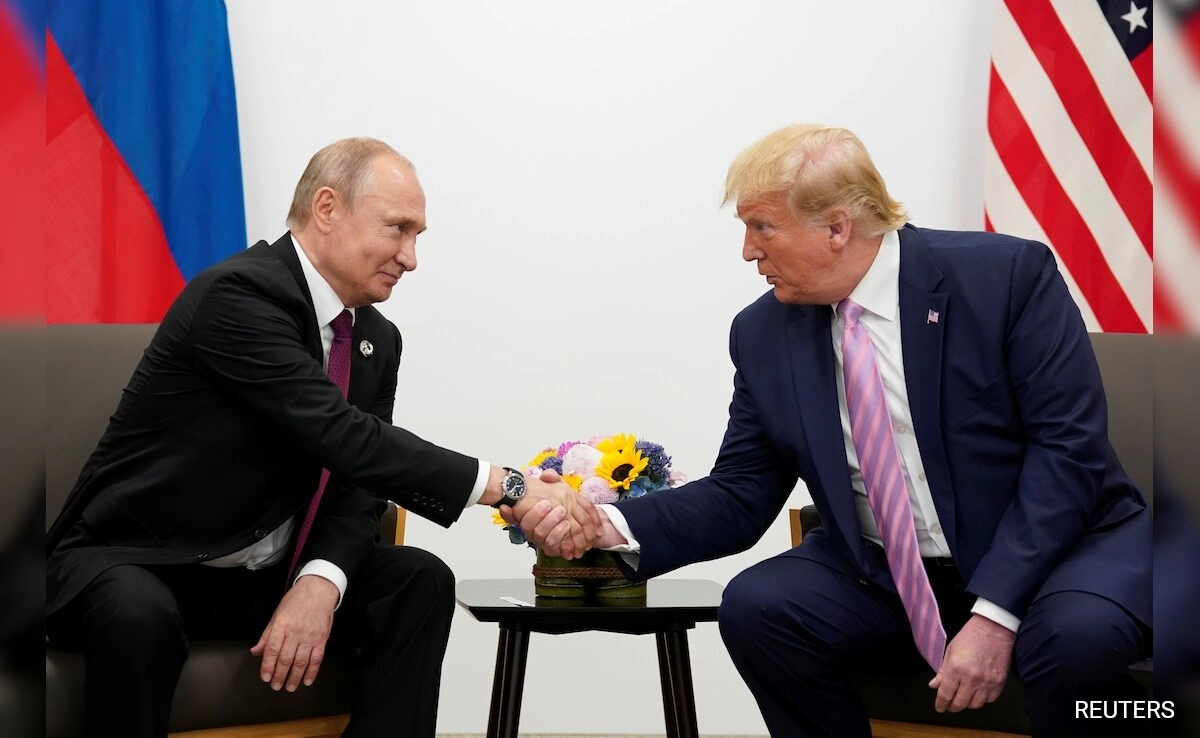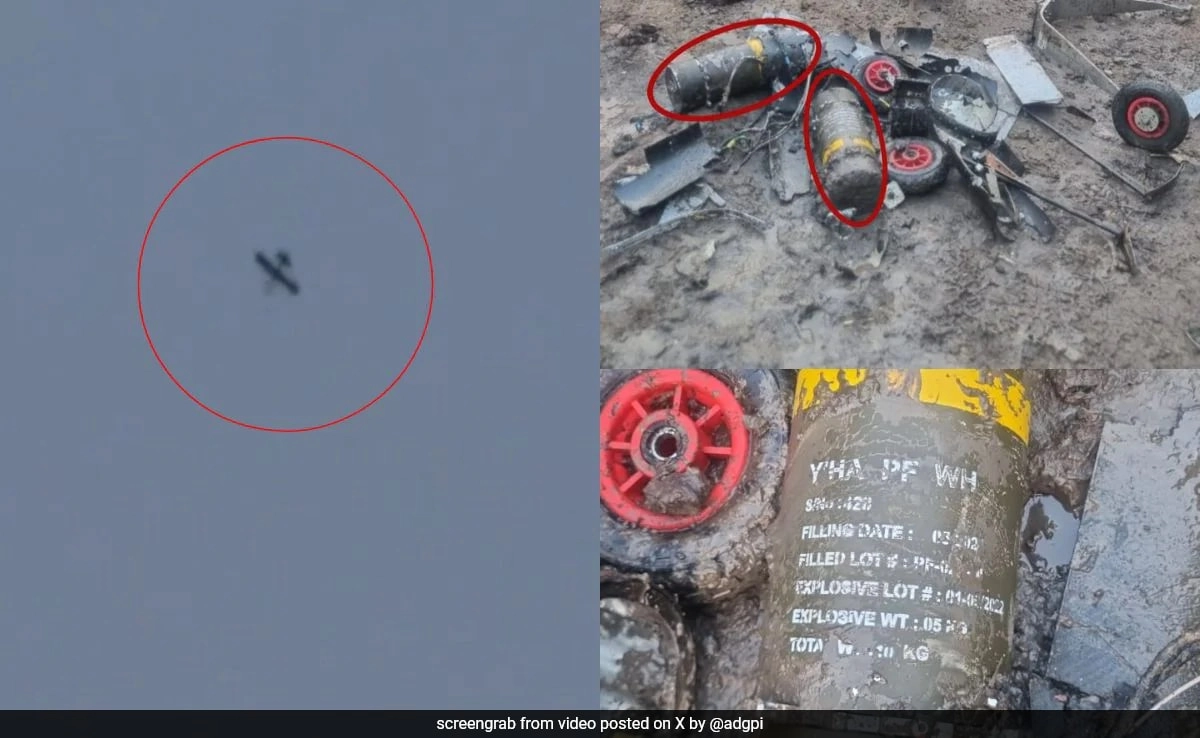In a shocking turn of events, a statue depicting an assassination attempt on former President Donald Trump has been spotted in the Oval Office, stirring a mix of controversy and intrigue. The statue, which vividly captures the intense moment of conflict, has ignited discussions about the political climate in the United States and the lengths to which political art can go. While some view it as a bold statement against the former president’s controversial tenure, others see it as an alarming reflection of the deep divisions that characterize contemporary American politics.
The presence of such a provocative piece of art in the heart of American governance raises numerous questions about the role of artistic expression in political discourse. Supporters of the statue argue that it serves as a powerful reminder of the dangers faced by public figures and the extreme reactions they can provoke. Critics, however, contend that it trivializes serious issues surrounding political violence and assassination threats, potentially inciting further division among the populace. This duality encapsulates the current atmosphere, where art and politics are increasingly intertwined, leading to passionate debates about their respective boundaries and responsibilities.
Moreover, the statue’s appearance in the Oval Office has sparked discussions about the appropriateness of such representations in spaces typically reserved for solemnity and governance. The White House has always been a symbol of American democracy, and the inclusion of a piece that symbolizes violence against a sitting president raises ethical concerns. How do we balance artistic freedom with the potential for misinterpretation or incitement? This question is particularly pertinent in a time where political tensions are at an all-time high, and the potential for violence seems to loom larger than ever.
As the nation grapples with the implications of this statue, it becomes clear that the intersection of art and politics will continue to provoke strong reactions. Whether viewed as a commentary on the state of American democracy or as a dangerous precedent, the statue invites deeper reflection on the nature of political expression. In a world where imagery can quickly spread and influence public sentiment, the dialogue surrounding such provocative art becomes essential in understanding not only the current political landscape but also the cultural narratives that shape it.




